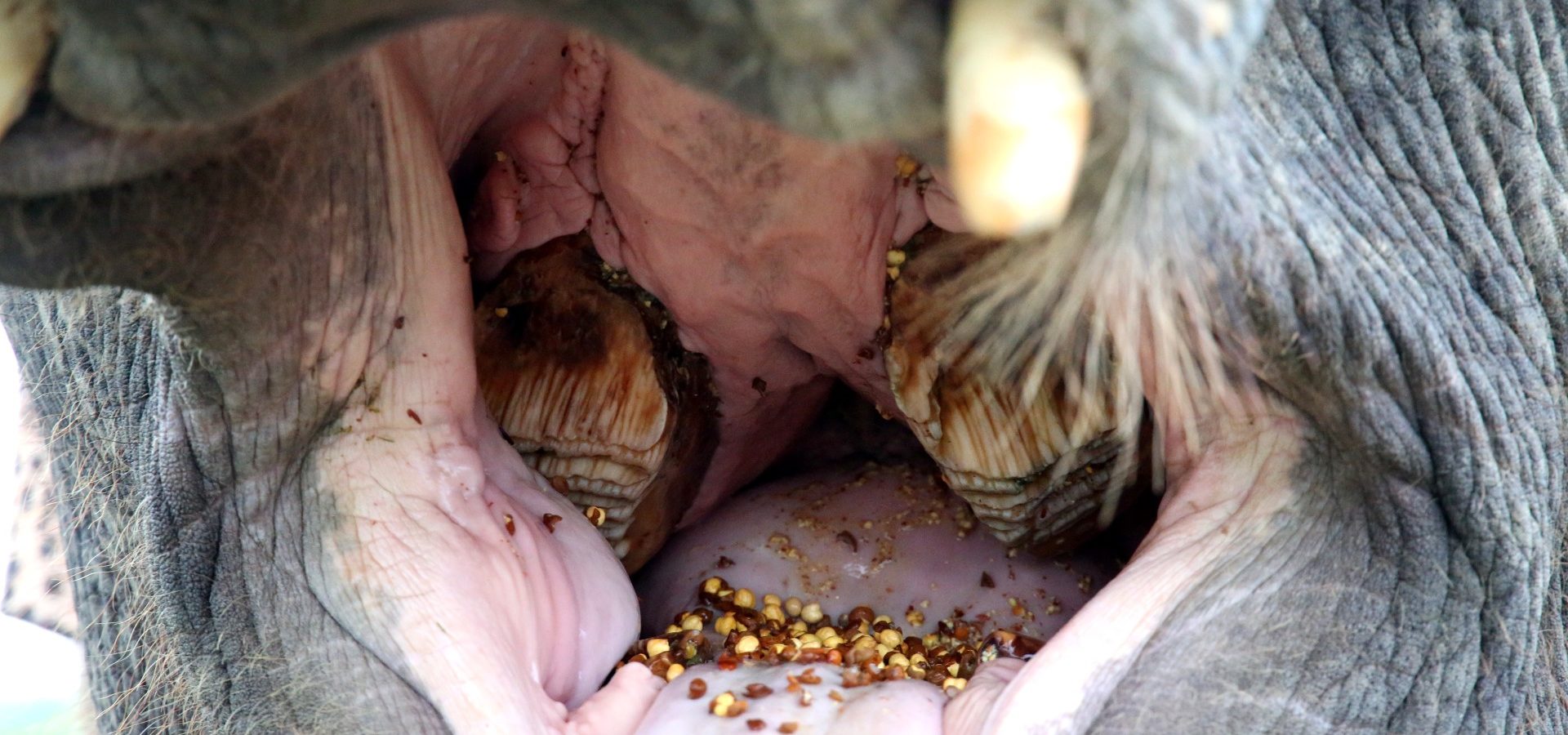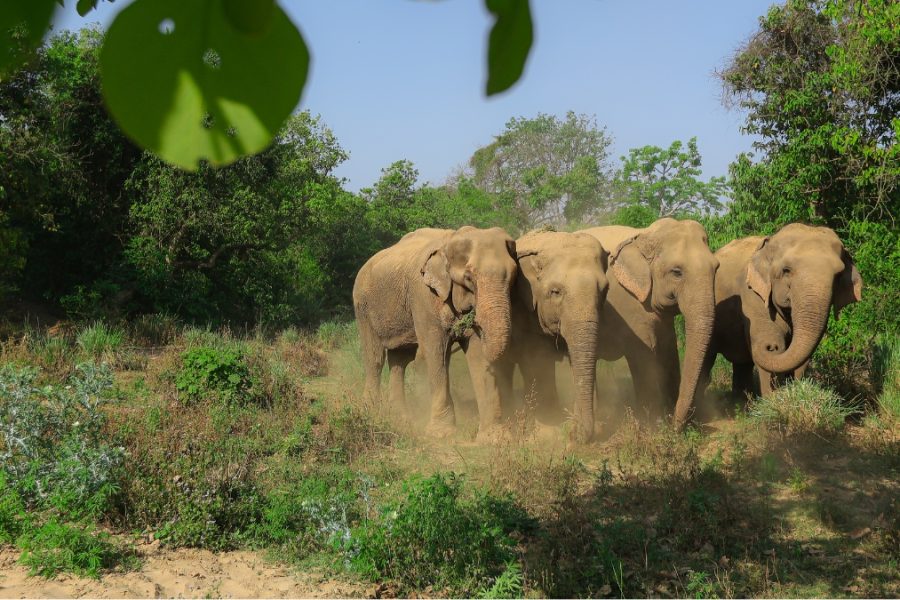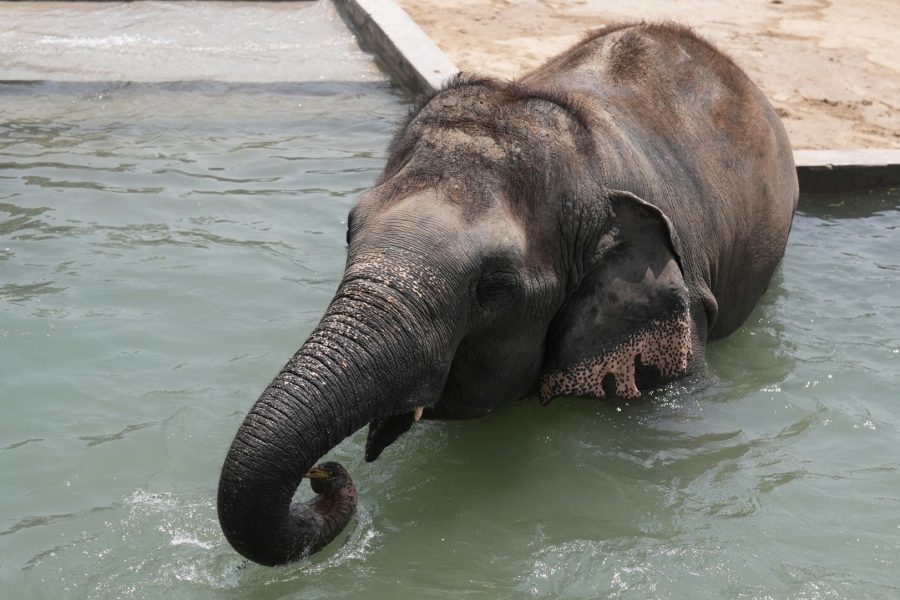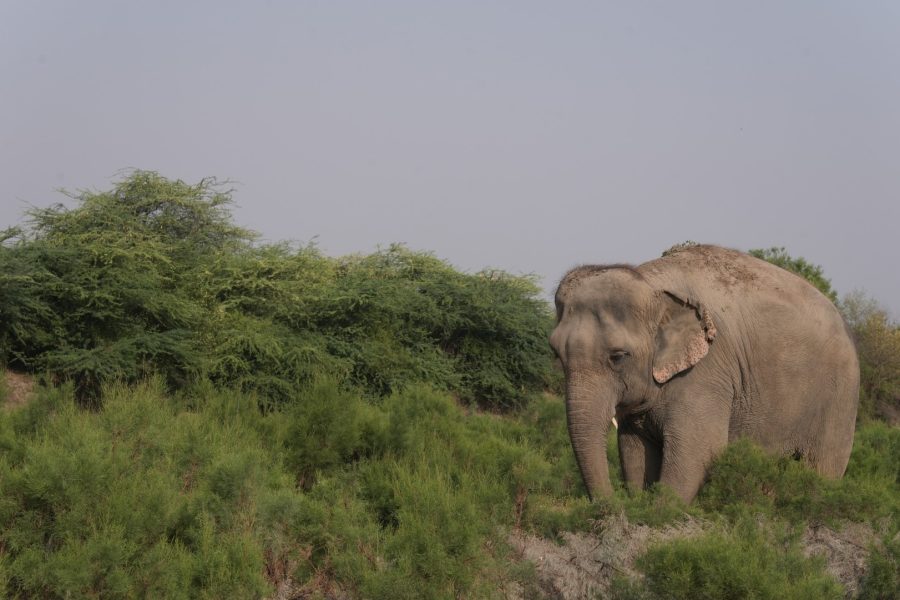Have you ever wondered how veterinarians are able to examine the age of an elephant? How is it that they look at this seemingly unchanging giant, that most of us think to be a “wise, old creature” and determine how many years it has lived? And why would they need to know the age of an elephant anyway?
Many might say that one can determine the age of an elephant based on physical features such as their height, pigmentation, toenails, degree of ear pinnae folding etc. Factors such as physical size tend to have a great deal of variation between individuals, and may not always give you an exact value. On the other hand, morphological features such as the degree of ear folding or depigmentation of skin may be a result of factors other than simply resulting from age.
Though, to some extent, these factors may come in handy while looking at an elephant, to get a better estimate of the elephant’s age, the most reliable approach to take is by looking at their teeth.
Elephants, like other mammals, have deciduous teeth, which are replaced by permanent teeth, though the unique thing is that this process continues throughout their entire life. The dental formula for an Asian elephant’s teeth is I 1/0 C 0/0 PM 3/3 M 3/3. Asian Elephants normally have 6 sets of molar teeth or 24 teeth over the course of their lifetime (and two tusks in some male elephants).
These molars help them in grinding up plants, fruits, bark, roots, etc. Unlike our permanent teeth, which sprout from underneath our milk teeth and push them up, an elephant’s teeth don’t grow in this manner. They move from back to front in a manner similar to that of a conveyor belt and push the old set of molars ahead. This is a very unique form of dentition found in very few mammals.
![A diagram of Asian elephant teeth. [Photo (c) Wildlife SOS/Malavika Jayachandran]](https://wildlifesos.org/wp-content/uploads/2022/09/Asian_Elephant_Teeth_Diagram_Malavika_Jayachandran1.jpg)
The first set of molars that an elephant develops appears around the 4th month of their life and may be replaced at 2 to 2.5 years of age. Subsequently, their 2nd set may range from the 6th month – 6 years. The 3rd may range from 3 years – 9 years. The 4th set may range from 6 years – 25 years. The 5th set may range from 20 years – 50 years, while the 6th set may last from 40 years – over 60 years.
When one set of molars becomes worn down after years of grinding vegetation, it gets pushed ahead and the top breaks off while the root of the tooth gets absorbed into the jaw. This process causes them some discomfort and pain, and may play a role in their temperament at the time. To ease the pain, elephants may chew on bark or hard substances.
Elephants are large mammals that spend most of their day consuming food to maintain the needs of their large bodies. Since they feed on vegetation and hard substances such as bark, their teeth are continuously being used to grind down on food. Unlike other herbivores that make a side-to-side motion to chew their food, elephants make a forward-to-backwards motion to grind their food using their molars.
![Elephant Laxmi opens her mouth to eat channas given to her by her caregiver. Here, you can see what teeth of an Asian elephant look like. [Photo (c) Wildlife SOS/Mradul Pathak]](https://wildlifesos.org/wp-content/uploads/2022/09/Laxmi-teeth_Mradul-Pathak.jpg)
To determine the age of an elephant, veterinarians look at the lamellae (ridges) on top of their molars, and examine the dentine and cement on the molars. The first three sets of molars are smaller in size, with a thinner enamel and a delicate structure (Laws et al., 1966, pp.5).
These ridges are slightly different for African and Asian elephants, and if you look closely, you would be able to see that African elephants have more diamond-shaped ridges compared to the crinkled loops on an Asian elephant’s tooth. The molars of Asian elephants also demonstrate a greater number of molar plates as compared to the African elephant (Todd, 2009, p.66).
![The difference between African and Asian elephant teeth. [Photo (c) Wildlife SOS/Malavika Jayachandran]](https://wildlifesos.org/wp-content/uploads/2022/09/Elephant_Teeth_Diagram_Malavika_Jayachandran_1.jpg)
After their sixth set of teeth get completely worn out, they slowly become unable to eat well or digest their food properly in the wild, leading to starvation and eventual death. In some rare cases the sixth set may be superseded by a very rudimentary seventh set.
As many of the elephants at Wildlife SOS are under geriatric care, the veterinary team conducts regular check ups of their teeth. The elephant caregivers also ensure to regularly look at their teeth while feeding them, and promptly inform the veterinary officers in case of any irregularities. Some of the resident elephants, like Suzy, who is one of our oldest, are on their sixth set of teeth. They are completely worn down due to use, and hence the veterinary team has to give her a specialised diet of semi-solid food to cater to her needs.
To support our work with elephants, you can donate to us or sponsor the care ad upkeep one of our elephants!
REFERENCES:
Laws, R. M. (1966, August). AGE CRITERIA FOR THE AFRICAN ELEPHANT. African Journal of Ecology, 4(1), 1–37. https://doi.org/10.1111/j.1365-2028.1966.tb00878.x
Todd, N. E. (2009, November 20). Qualitative Comparison of the Cranio-Dental Osteology of the Extant Elephants, Elephas Maximus (Asian Elephant) and Loxodonta africana (African Elephant). The Anatomical Record: Advances in Integrative Anatomy and Evolutionary Biology, 293(1), 62–73. https://doi.org/10.1002/ar.21011
Chun-Hsiang Chang. (2019, December 29). Sexual Dimorphism and Ontogeny in the Dentition of the Asian Elephant (Elephas maximus). Department of Geology, National Museum of Natural Science, Collection and Research (2019)(32), 63–77. https://doi.org/10.6693/CAR201912_(32).0006





